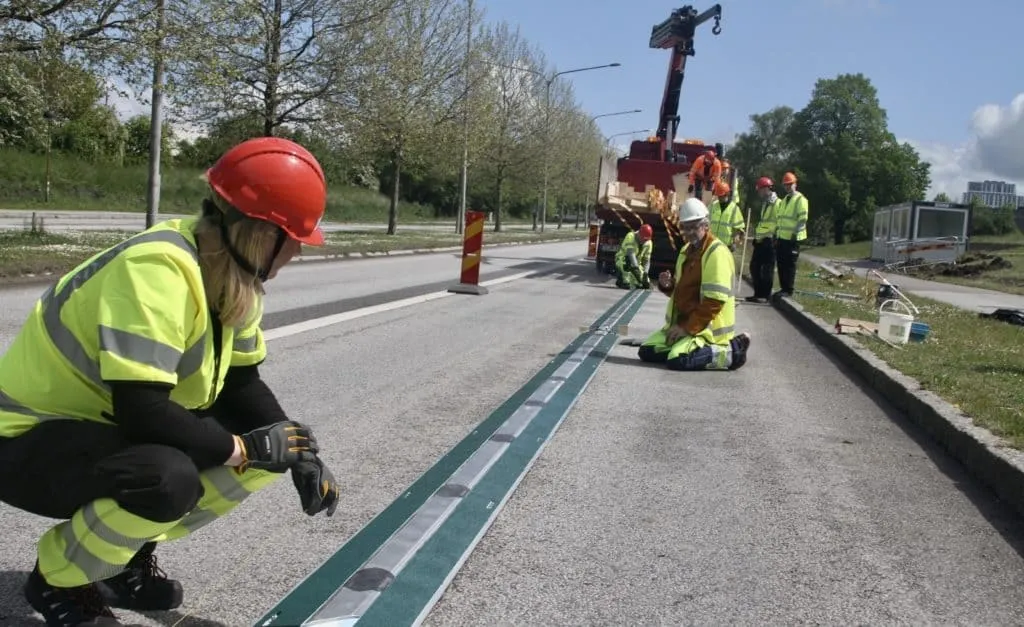The European Transport Safety Commission (ETSC) is giving awards to Lithuania and Sweden for the efforts these countries have made in improving road safety. The ETSC is monitoring progress in reaching the EU target of reducing road deaths by 50% between 2001 and 2010 under its Road Safety PIN Programme. And because Lithuania and Sweden have been so successful in improving road safety, ETSC handed its 2011 PIN Award to these countries. The Road Safety PIN Report 2011 was presented at the ETSC conference in B
April 19, 2012
Read time: 2 mins
The European Transport Safety Commission (ETSC) is giving awards to Lithuania and Sweden for the efforts these countries have made in improving road safety. The ETSC is monitoring progress in reaching the EU target of reducing road deaths by 50% between 2001 and 2010 under its Road Safety PIN Programme. And because Lithuania and Sweden have been so successful in improving road safety, ETSC handed its 2011 PIN Award to these countries. The Road Safety PIN Report 2011 was presented at the ETSC conference in Brussels, revealing the final results of progress in reaching the EU target. Since the adoption of the EU target in 2001 there have been 100,000 fewer deaths on EU roads. Eight countries reached the 2010 EU road safety target; Latvia, Estonia, Lithuania, Spain, Luxembourg, Sweden, France and Slovenia halved road deaths between 2001 and 2010. Setting the ambitious EU goal of halving road deaths between 2001 and 2010 was essential in contributing to the reduction in road deaths. The value of the reductions for 2001-2010 is estimated at €175 billion, with another €180 billion in potential savings for 2010-2020. Speakers included: Catharina Elmsater-Svard, Swedish Minister for Infrastructure; Eligijus Masiulis, Minister for Transport and Communications, Lithuania; Olga Sehnalova, Member of the European Parliament; Zoltan Kazatsay, Deputy Director General, DG MOVE, 1690 European Commission; David Ward, FIA Foundation.









